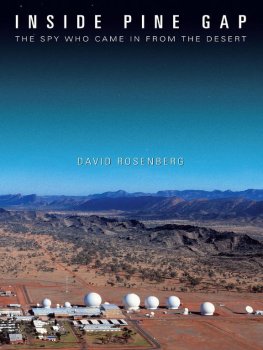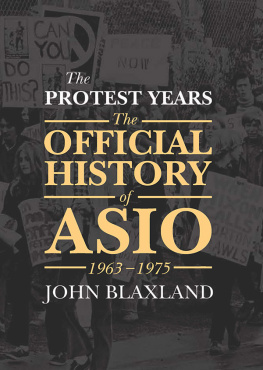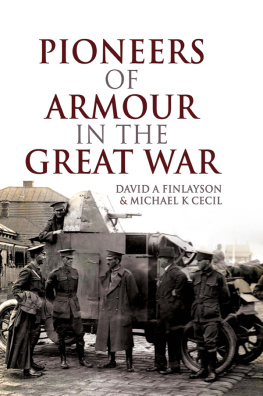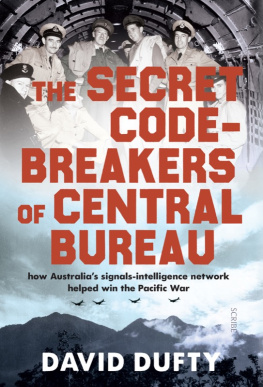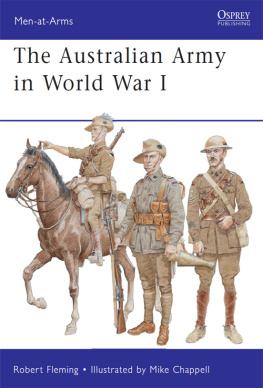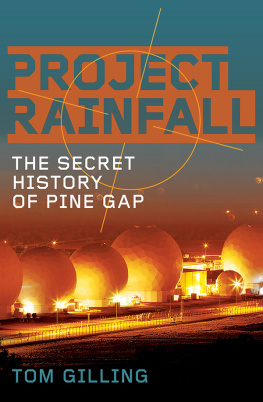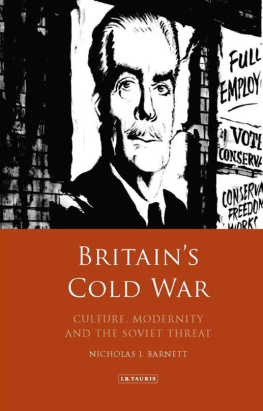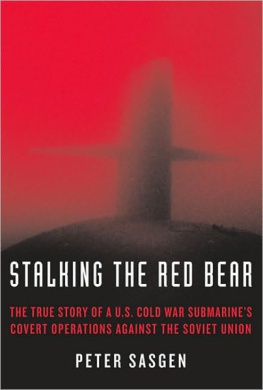Defence Studies
Series editors
Professor Peter J. Dean and
Associate Professor Brendan Taylor
The aim of this series is to publish outstanding works of research on strategy and warfare with a focus on Australia and the region. Books in the series take a broad approach to defence studies, examining war in its numerous forms, including military, strategic, political and historic aspects. The series focus is principally on the hard power elements of military studies, in particular the use or threatened use of armed force in international affairs. This includes the history of military operations across the spectrum of conflict, Asias strategic transformation and strategic policy options for Australia and the region. Books in the series consist of either edited or single-author works that are academically rigorous and accessible to both academics and the interested general reader.
Paul Dibb is an Emeritus Professor of strategic studies at the Australian National Universitys Strategic and Defence Studies Centre, which he was the Head of from 1991 to 2004. He is the author or editor of six books and over 160 academic articles about the global strategic outlook, the security of the Asia-Pacific region, the US Alliance, and Australias defence policy. He wrote the 1986 Review of Australias Defence Capabilities (the Dibb report) and was the primary author of the 1987 Defence White Paper. His book The Soviet Union: The Incomplete Superpower was published by the international Institute for Strategic Studies in London in 1986, reprinted 1987 and second edition in 1988. It attracted international acclaim. He was Director of the Joint Intelligence Organisation 198688 and Deputy Secretary of Defence for Strategic Policy and Intelligence 198891. His career in Australia as a prominent academic, senior policy maker and intelligence official has spanned almost fifty years.
Russia is one of historys great survivors Today it is one of the most formidable powers in Eurasia, and will remain so.
Geoffrey Hosking, Russia and the Russians,
Penguin Books, London, 2012
Inside the Wilderness of Mirrors
Australia and the Threat from the
Soviet Union in the Cold War and
Russia Today
Paul Dibb

MELBOURNE UNIVERSITY PUBLISHING
An imprint of Melbourne University Publishing Limited
Level 1, 715 Swanston St, Carlton, Victoria 3053, Australia
www.mup.com.au

First published 2018
Text Paul Dibb, 2018
Design and typography Melbourne University Publishing Limited, 2018
This book is copyright. Apart from any use permitted under the Copyright Act 1968 and subsequent amendments, no part may be reproduced, stored in a retrieval system or transmitted by any means or process whatsoever without the prior written permission of the publishers.
Every attempt has been made to locate the copyright holders for material quoted in this book. Any person or organisation that may have been overlooked or misattributed may contact the publisher.
Text design by Phil Campbell
Cover design by Phil Campbell
Typeset by J&M Typesetting
Printed in Australia by OPUS Group

9780522873962 (paperback)
9780522874150 (hardback)
9780522873979 (ebook)
For Rhondda, my ever-patient wife, and our daughter, Katya.
Contents
Preface
We need to be the teller of our story, not the keeper of secrets.
Michael Hayden, former Director, CIA
This book recounts my personal experiences at the highest levels in the Australian intelligence community with developing the Soviet threat assessment in the 1970s and 1980s. It is concerned with two important intelligence challenges at that time. First, as head of the National Assessment Staff during the 1970s, I was drafting the key national intelligence estimates about the Soviet strategic threat to Australia and providing advice to the National Intelligence Committee and the Defence Committee. The latter consisted of the Secretary of the Department of Defence, the Chief of the Defence Force Staff, the chiefs of the General Staff, Navy and Air Force, as well as the secretaries of Prime Minister and Cabinet, Foreign Affairs and the Treasury. This committee provided the highest-level advice on defence and security matters to the Cabinet. Second, there was my close involvement during the same decades with the highly classified operations of the USAustralian joint intelligence facilities at Pine Gap and Nurrungar, which were overwhelmingly aimed at the Soviet Union as an intelligence target. Only the most senior intelligence officers in both the United States and Australia held this clearanceand even then on a strict need to know basis. A third part of this book deals with my work as an ASIO agent reporting on the activities of the Soviet Embassy and its spies and suspected intelligence operatives in Canberra from 1965 until the mid-1980s. In addition, I have included detailed analysis of my extensive academic research work on the USSR during this period and how this related to my insights as the leading Soviet analyst in the Department of Defence, as well as relevant advice to government in the closing years of the Cold War.
I also cover my research at the Australian National University since 2006, trying to make sense of post-Soviet Russia and its renewed expansionist ambitions and the challenge it poses once again to the international order. The timescale involved in this book therefore extends from the mid-1960s to the demise of the USSR in 1991 and the first two decades of the twenty-first century to the presentembracing fifty years or more. At the end of the book, I reflect on the difficulties and challenges of assessing the Soviet Union/Russia and the risks of being compromised by the opacity of the task of seeking to understand that country. As Winston Churchill most famously said in 1939, I cannot forecast to you the action of Russia. It is a riddle wrapped in a mystery inside an enigma; but perhaps there is a key. That key is Russian national interest. As I have often remarked in my lectures to university students, perhaps more so than any other country in the world, Russia is a prisoner of its history, geography and culture. That means that students of Russia must be steeped in these fundamental tools of analysis if they are to understand what Russias national interests are.
I will give readers some frank insights about the challenges and dangers involved in working on the highly controversial threat from the Soviet Union at the height of the Cold War. This was especially so, given the intense passions and suspicions surrounding any work on the Soviet Union at that time andnot leastgiven my own sensitive connections with the US intelligence community, as well as my covert support for ASIOs operational interests against the Soviet Embassy. Throughout the Cold War, there was comparatively little deep expertise in Canberra on the USSR and about Soviet perceptions of Australia. There was no understanding either in the broader community in Australia of the real nature and risks of Canberras support for US intelligence collection against Moscow. Nor did successive Australian governments condescend to inform the electorate much on this subject. It was necessary for me to delve deeply into Soviet war-fighting aims and whether or not Australia was targeted with Soviet nuclear weapons. These were issues that I pursued in Washington at the highest intelligence levels in the late 1970s in face-to-face meetings with the directors of the Central Intelligence Agency (CIA), the National Security Agency (NSA) and the Defense Intelligence Agency (DIA) as well as the Deputy Secretaries of State in the State Department and Defense in the Pentagon during what were called the Defence-to-Defense Talks, which preceded the advent of regular AustraliaUS ministerial discussions.
Next page

